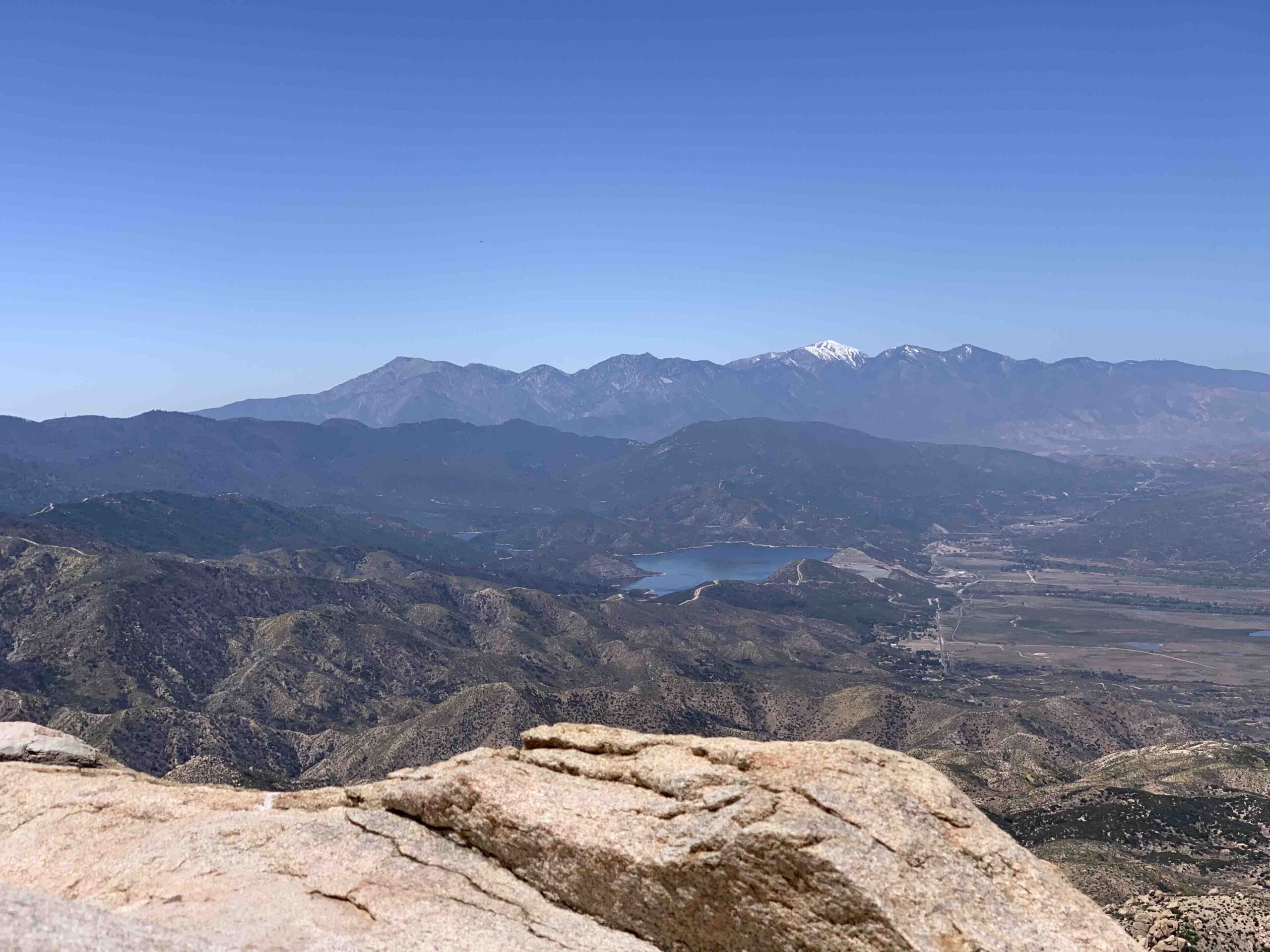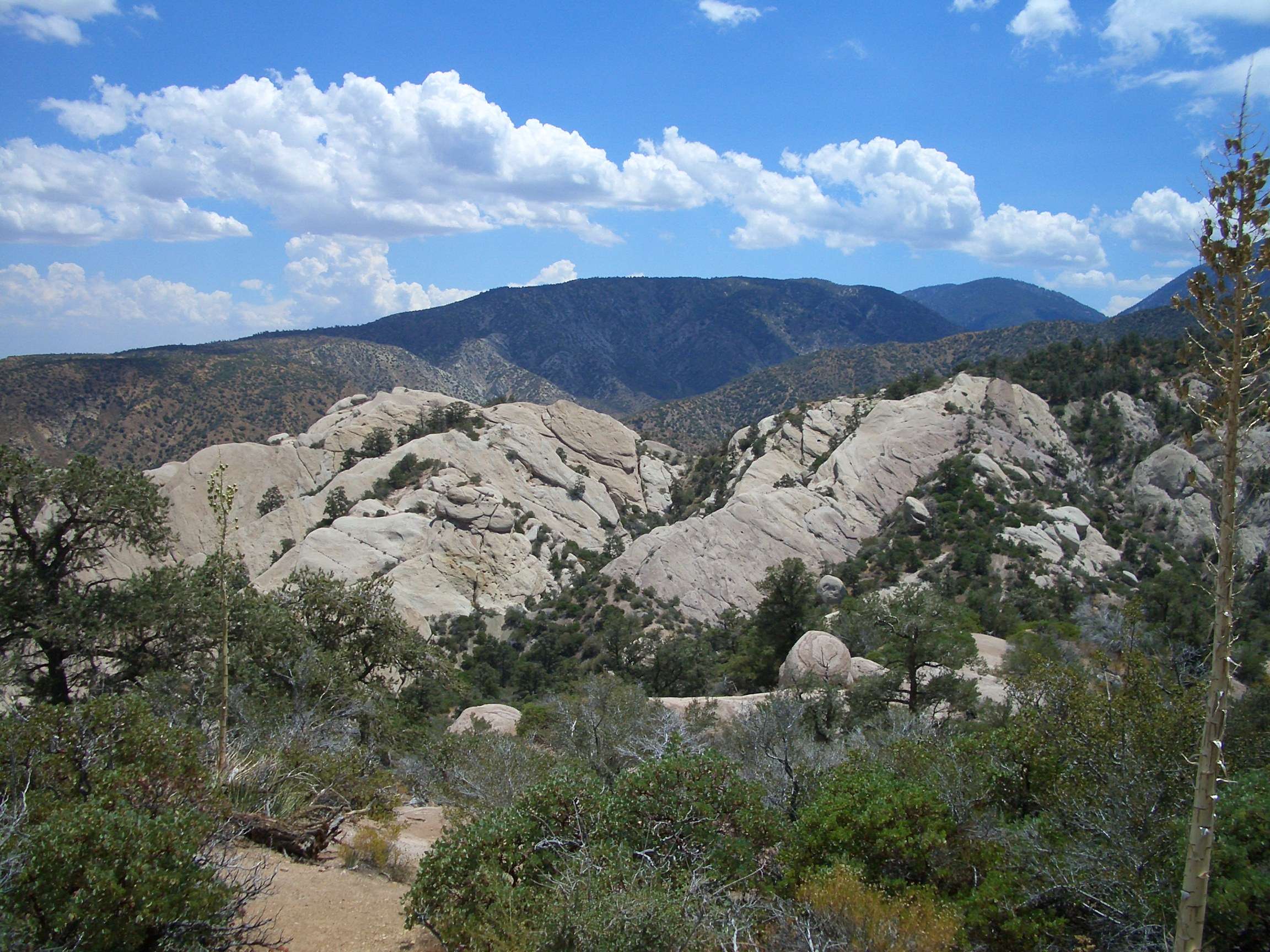The Los Angeles National Forest conservation projects are comprehensive initiatives aimed at preserving and restoring the ecological balance of this vital natural resource. These projects encompass a wide range of activities, including wildfire prevention, habitat restoration, wildlife protection, and community engagement. The National Forest Foundation, U.S. Forest Service, and local organizations collaborate to implement these projects, focusing on critical areas such as Big Pines, Mt. Baldy, and Crystal Lake.
What are the Key Restoration Initiatives in Los Angeles National Forest?

The Angeles National Forest is undergoing significant restoration efforts to combat the effects of wildfires and preserve its diverse ecosystem. These initiatives include:
- Fuel Reduction Projects
- Native Vegetation Restoration
- Watershed Management
- Wildlife Habitat Preservation
Fuel Reduction Projects
Fuel reduction is a critical component of wildfire prevention in the Angeles National Forest. The National Forest Foundation (NFF), in partnership with the U.S. Forest Service and local contractors, is implementing a multi-year forest health and fuel reduction project. This initiative aims to:
- Reduce the likelihood and severity of future wildfires
- Protect communities like Wrightwood
- Safeguard campgrounds in the San Gabriel Mountains
The project focuses on strategic areas along Highway 2 in the Big Pines region, creating defensible spaces and maintaining fuel breaks.
Native Vegetation Restoration
Following major wildfires like the Bobcat Fire, which burned over 115,000 acres, native vegetation restoration has become a priority. These efforts serve multiple purposes:
- Stabilize soil to prevent erosion and mudslides
- Reestablish native plant communities
- Support wildlife habitat recovery
Restoration work is particularly concentrated in the San Gabriel Foothills watersheds, where the impact of wildfires has been severe.
Watershed Management
Effective watershed management is crucial for maintaining water quality and preventing soil erosion. Conservation projects in the Los Angeles National Forest include:
- Stream habitat improvement
- Road embankment stabilization
- Aquatic ecosystem restoration
One notable example is the San Francisquito Creek project, which aims to enhance stream conditions and fortify road structures to prevent erosion.
Wildlife Habitat Preservation
Preserving and restoring wildlife habitats is a fundamental aspect of the conservation efforts. These projects focus on:
- Recreating natural habitats destroyed by wildfires
- Protecting endangered species
- Maintaining biodiversity in the forest ecosystem
How Does Community Engagement Support Conservation Efforts?

Community involvement is integral to the success of Los Angeles National Forest conservation projects. Various programs and initiatives encourage public participation:
- Sawyer Training Programs
- Volunteer Opportunities
- Education and Outreach
Sawyer Training Programs
The NFF collaborates with organizations like the Los Angeles Conservation Corps (LACC) and the Conservation Corps of Long Beach (CCLB) to provide sawyer training. This program offers:
- Valuable work experience for local community members
- Skills development in forest management techniques
- Opportunities for career advancement in conservation
Volunteer Opportunities
Numerous volunteer programs allow community members to actively contribute to conservation efforts:
- Habitat restoration activities
- Trail maintenance projects
- Invasive species removal
These opportunities not only support the forest’s health but also foster a sense of stewardship among participants.
Education and Outreach
Public education plays a crucial role in building long-term support for conservation. Outreach programs focus on:
- Raising awareness about forest health issues
- Teaching wildfire prevention techniques
- Promoting sustainable use of forest resources
What Environmental Impact Assessments are Conducted?
Environmental impact assessments are a critical component of project planning and implementation. These assessments ensure that conservation efforts align with environmental regulations and best practices.
Methodologies Used
The assessment process typically involves:
- NEPA (National Environmental Policy Act) evaluations
- CEQA (California Environmental Quality Act) compliance
- Ecosystem impact analysis
- Climate change vulnerability assessments
Key Findings and Implications
Recent assessments have highlighted several important factors:
| Factor | Implication |
|---|---|
| Wildfire Risk | Need for continued fuel reduction and defensible space maintenance |
| Habitat Fragmentation | Importance of corridor restoration for wildlife movement |
| Water Resource Management | Critical need for watershed restoration and protection |
| Climate Change Impacts | Necessity for adaptive management strategies |
These findings inform the development of future projects and guide the allocation of resources for maximum environmental benefit.
What Amenities are Available for Visitors Participating in Conservation Projects?
Visitors involved in conservation efforts can access various facilities and amenities within the Los Angeles National Forest:
Accessibility and Parking
- Designated parking areas near project sites
- Campgrounds and picnic areas protected by fuel reduction efforts
- Accessible trails leading to conservation project locations
Scheduled Events and Activities
- Regular volunteer days for habitat restoration
- Educational workshops on forest ecology and conservation
- Guided tours of restoration sites
Costs and Requirements
Most conservation activities are free to participate in, but may require:
- Pre-registration for organized events
- Signing of liability waivers
- Adherence to safety guidelines and park regulations
Some specialized training programs, like sawyer certification, may have associated costs, but these are often covered by grants or sponsorships.
What is the Scale of Los Angeles National Forest Conservation Projects?
The conservation projects in the Angeles National Forest are extensive in scope and impact:
Project Coverage
- Fuel reduction work covers significant areas along Highway 2 and in the Big Pines region
- Watershed restoration efforts encompass up to 250,000 acres in landscape-scale projects
- The Bobcat Fire restoration alone involves managing over 115,000 acres of burned land
Species Protection Efforts
Conservation projects aim to protect a wide range of species, including:
- Endangered plants like the San Gabriel Mountains dudleya
- Threatened wildlife such as the California condor and mountain yellow-legged frog
- Native fish populations in restored stream habitats
Community Participation Rates
Community involvement in conservation efforts is substantial:
- Multiple organizations and local communities actively participate
- Training programs engage dozens of individuals annually
- Volunteer events attract hundreds of participants throughout the year
What Challenges and Timelines are Associated with These Projects?
Conservation efforts in the Los Angeles National Forest face several challenges:
- Scale of work required
- Complexity of environmental compliance
- Need for sustained funding
- Balancing conservation with recreational use
Project timelines vary, but many are multi-year initiatives. For example, the Rivers and Mountains Conservancy (RMC) grants have specific completion deadlines, such as March 31, 2024, for certain projects.
How Can I Get Involved or Learn More?
For those interested in participating or learning more about Los Angeles National Forest conservation projects, several resources are available:
- National Forest Foundation (NFF) website and Southern California Forest Fund
- Rivers and Mountains Conservancy (RMC) at info@rmc.ca.gov
- U.S. Forest Service, Angeles National Forest office
These organizations provide information on upcoming events, volunteer opportunities, and ways to support ongoing conservation efforts in the Los Angeles National Forest.

